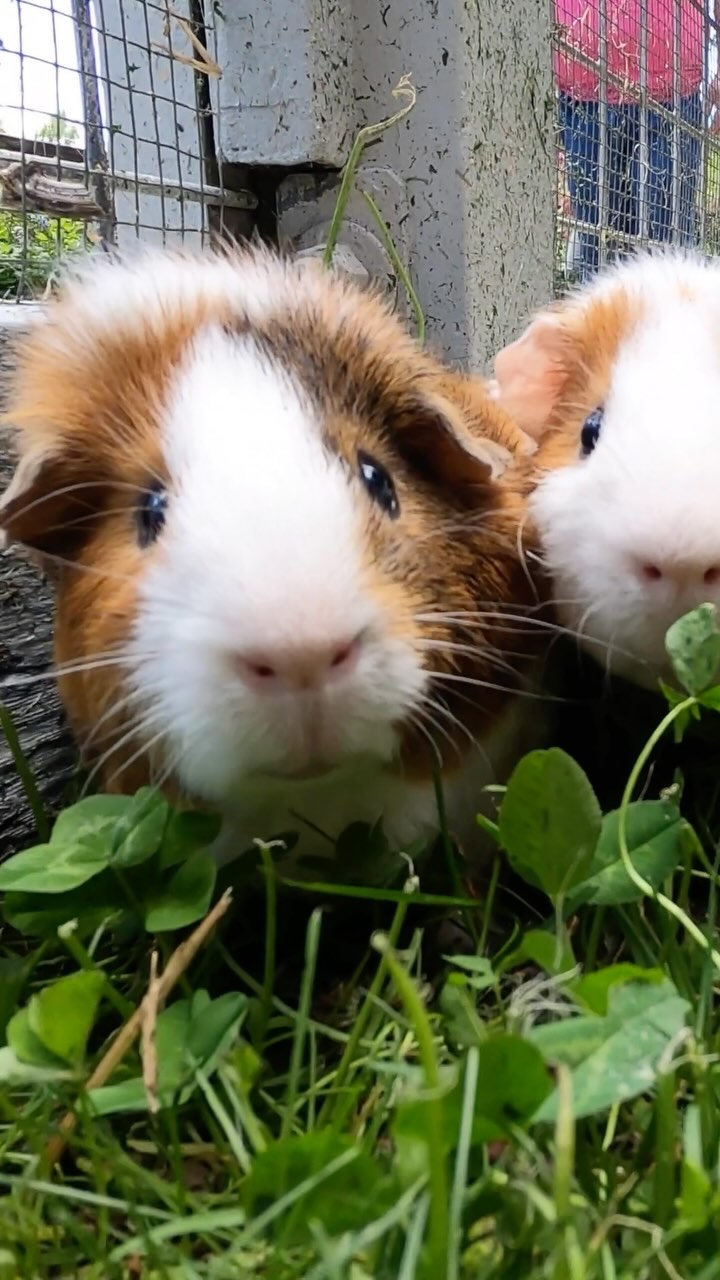- Nutritional Insights into Triscuits and Ritz Crackers
- Integration of Crackers into Animal Diets
- Balancing Treats with Nutritional Needs in Zoos
- Animal Behavioral Enrichment through Dietary Variations
- Conservation Efforts and Public Engagement
Nutritional Insights into Triscuits and Ritz Crackers
Understanding the nutritional profiles of potential treats like Triscuits and Ritz crackers is imperative in determining their place within animal diets. Triscuits, made primarily from whole grain wheat, offer dietary fiber and a degree of nutritional value. However, they also contain salt and trisodium phosphate, which can lead to excessive sodium intake if not regulated. Ritz crackers, on the other hand, typically involve more refined wheat, assorted fats, and sugars. For animals, these components could contribute to an unbalanced diet, necessitating controlled allocations.
In zoo settings, nutritionists meticulously assess each treat’s composition. The goal is to determine safe quantities that could complement the regular diet without causing harm. Ensuring animals maintain optimal health involves considering potential caloric surplus from treats, which could lead to obesity and associated health risks.
Integration of Crackers into Animal Diets
When incorporating non-traditional food items like Triscuits and Ritz crackers, zoo professionals adhere to structured dietary planning. Zookeepers and nutritionists typically collaborate to evaluate how these snacks fit into broader nutritional strategies. For herbivores, whose diets are rich in fiber, adding fiber-heavy Triscuits might offer enrichment while supplementing necessary dietary components. For carnivores or omnivores, higher in calorie diets and variations like Ritz might provide an occasional energy-dense reward.
Animal diets are not merely about sustenance but are carefully planned to mirror their wild counterparts, encouraging natural behavior and metabolic health. This dietary mimicry extends to careful treat allocation, ensuring animals receive the nutrition they need while avoiding excessive human-oriented food products that could alter their natural diet and behavior.
Balancing Treats with Nutritional Needs in Zoos
Balancing dietary needs within zoo environments involves not only providing sustenance but ensuring mental stimulation and physical health. Zookeepers must create diets that meet the basal metabolic requirements of animals based on species, age, sex, and activity levels. Treats such as Triscuits and Ritz are sometimes used strategically to motivate animals during training or health checks. However, this requires a scientific approach to manage portions and frequency.
For instance, lions and tigers may enjoy small portions of Ritz crackers as an occasional treat, hidden within enrichment toys. Herbivores like rhinos or elephants might be given Triscuits as part of foraging activities. Such integration aids in deterring repetitive behaviors often associated with captivity by stimulating their mental agility and offering sensory variety.
Animal Behavioral Enrichment through Dietary Variations
Animal enrichment involves a variety of strategies to keep zoo inhabitants engaged and stimulated. Dietary enrichment, including treats like Triscuits and Ritz crackers, constitutes a significant component of these strategies. Behavioral enrichment aims to replicate the mental and physical challenges animals would face in the wild, thereby improving their welfare.
For example, zookeepers might create scavenger hunts where animals must locate hidden food items, enhancing their foraging instincts. Birds might receive Ritz crackers hidden inside puzzle feeders, requiring problem-solving to access the treat. Primates could be given Triscuits interspersed with their usual diet to provide textural and flavor variety, triggering curiosity and satisfaction similar to foraging.
Conservation Efforts and Public Engagement
Integrating Triscuits and Ritz crackers into zoo feeding regimens extends beyond animal care to include broader educational and conservation objectives. Public demonstrations of animal feeding sessions using treats can highlight the intersection between human food and wildlife nutrition, fostering greater understanding and appreciation. This can prove instrumental in conservation messaging, emphasizing the importance of balanced nutrition and habitat preservation.
Conserving wildlife often hinges on public support and awareness. Using relatable items like Triscuits and Ritz crackers during educational talks helps bridge understanding gaps between zoo visitors and the complexities of animal care. Additionally, by showcasing responsible treat allocation, zoos can demonstrate commitment to animal health and well-being, enhancing their reputation as centers for conservation and education.
By thoughtfully incorporating these elements into both animal care and public interaction, zoos uphold their role as conservation advocates, aiming to educate and inspire the next generation of wildlife stewards.
*****
Source Description
Piggin out with Triscuit and Ritz
class=”instagram-media” data-instgrm-permalink=”https://www.instagram.com/reel/C-TJXoiSa0e/” data-instgrm-version=”14″ style=” background: border:0; border-radius:3px; box-shadow:0 0 1px 0 rgba(0,0,0,0.5),0 1px 10px 0 rgba(0,0,0,0.15); margin: 1px; max-width:540px; min-width:326px; padding:0; width:99.375%; width:-webkit-calc(100% – 2px); width:calc(100% – 2px);”>


